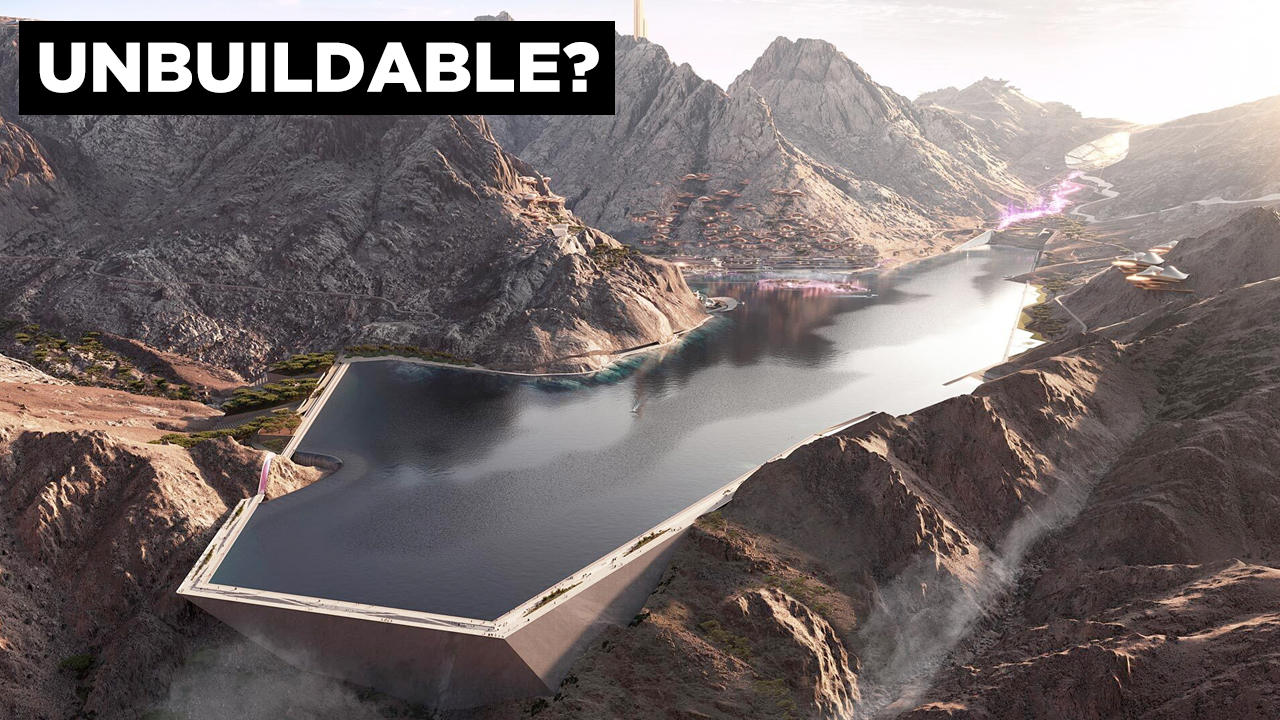The Buildings That Made India
- Youtube Views 770,541 VIDEO VIEWS
Video powered by Bluebeam and hosted by Fred Mills.
AT EACH stage of a country’s history, buildings enable progression.
In time, those structures begin to influence what comes next; standing as markers of a society’s path through the ages, while shaping the direction of its future.
Each representing a different part of the country’s culture and evolution through history – from iconic mausoleums to the architecture of colonialism and new 21st century challenges – for better or worse, these are the buildings that made India.
TAJ MAHAL, AGRA
When Mughal emperor Shah Jahan’s favourite wife passed away in 1631, he commissioned the Taj Mahal as her mausoleum.
Construction on the main building began in 1632.

Above: The Taj Mahal is an iconic symbol of India.
Demanding the skill of over 20,000 masons, stonecutters and artisans from across the empire over an 11-year period, the completed structure sits among 42 acres of gardens.
Designed with perfect symmetry, the Taj Mahal’s domes, minaret towers and white marble exterior make it an iconic symbol of India and one of the world’s most recognisable buildings to this day, attracting over 8 million visitors each year.
CHHATRAPATI SHIVAJI TERMINUS, MUMBAI
With its vast railway network expanding, the grand Victoria Terminus was constructed on the site of India’s first rail terminal and opened 1888.
Standing at the heart of what was then called Bombay, the terminal marked Queen Victoria’s Golden Jubilee and came to exemplify the long and complex history between the British Empire and the Indian subcontinent, where lavish buildings often rose alongside some of the Empire’s poorest subjects.

Above: Before the Covid-19 pandemic, nearly three million people used to pass through Chhatrapati Shivaji each day.
When Bombay became Mumbai in 1995, the terminal was renamed a year later in honour of a former Indian Emperor, removing its association with the country’s colonial past.
Today, the building stands as a landmark on India’s 68,000-kilometre railway network – which conducts over 8 billion passenger journeys each year – and acts as the headquarters for India's Central Railway.
Current circumstances aside, on average some three million passengers pass through the terminal every 24 hours.
RASHTRAPATI BHAVAN, NEW DELHI
In 1911, the decision was made to move India’s capital away from what was then called Calcutta.
An area of 16 square kilometres on the outskirts of Delhi was acquired by British authorities to house the governing district of what would go to become New Delhi, and a lavish new residence for the Viceroy of India was planned at its core.
With more than 300 families forcibly removed from the area to accommodate the new district, the project was seen as the latest British display of indifference towards the country’s native citizens.

Above: Viceroy House was renamed, Rashtrapati Bhavan, when the first democratically elected president took office in 1950.
With nationalist sentiments growing, the building’s original European design was adapted to incorporate Indo-Saracenic motifs.
Completed in 1929, the new Viceroy House became one of the largest residences for a head of state anywhere in the world with more than 19,000 square metres of floor space in the main building alone. For comparison, the floor area of the White House is just over 5,000 square metres.
When India gained independence in 1947, many former colonial buildings were repurposed – and with the first democratically elected president taking residence in 1950, the building was renamed for the new republic.
Once representing British oppression for many, the Rashtrapati Bhavan been reclaimed by the Indian people and now stands as a symbol of the world’s largest democracy.
LOTUS TEMPLE, NEW DELHI
As the birthplace of four of the world’s major religions, faith and beliefs have shaped the Indian subcontinent for centuries.
The Partition of India in 1947 and the subsequent resettling of over 14 million people left the country with an overwhelming Hindu population.
However, sizeable communities of Muslims, Christians, Buddhists and Sikh’s lived throughout the country and in an effort to prevent religious conflict, the country officially became a secular state in 1976.

Above: Followers of all religions can worship within the walls of India's Lotus Temple.
Respecting India’s diverse spiritual fabric, New Delhi’s Lotus Temple was constructed in 1986 celebrating the Baháʼí Faith - a belief system that emphasises unity and allows followers of all religions to practice, worship and reflect within their temples.
Consisting of 27 marble “petals” clustered to form the shape of a lotus flower, the temple’s nine entrances lead to a central prayer hall that is devoid of any paintings, statues or iconography.
Having been visited by over 100 million people, the Lotus Temple is widely regarded as the defining modern architectural landmark of India – a key building in the country’s new chapter of independence.
ANTILIA, MUMBAI
In the 21st century, India’s rapid industrialisation has lifted more than 271 million people out of poverty.
However, it’s also created an ultra-rich billionaire class while more than 73 million people remain below the poverty line.
Few buildings demonstrate the country’s inequality more clearly than Antilia - a 27-storey, USD $2BN home that is the most expensive private residence in the world.

Above: The world's most expensive private residence, Antilia, in Mumbai (image courtesy of A. Savin).
Competed in 2010, the home features three helipads, a 168-car garage, an 80-seat theatre, a ballroom, terrace gardens, a spa and a private temple – all run by some 600 staff.
Deeply controversial from day one, Antilia required the demolition of an orphanage which had stood on the site since 1895 and quickly came to symbolise what many saw as a lack of empathy from India’s wealthy to the poor.
Despite being widely criticised by Indian media and the Indian government’s ongoing efforts to address the divide, private projects like Antilia are a stark reminder of the inequality that plagues the world’s second-largest country.
Each of these buildings speaks to a different aspect of this country’s culture, rich history and development through the ages.
Each era built buildings to support its progression and those buildings have gone on to form India.
This video was kindly powered by Bluebeam.
Narrated by Fred Mills. Additional footage and images courtesy of A. Savin, Google Earth, Akash, Chang Ju Wu, Øyvind Helstrøm, Krupasindhu Mudli and Alex Robinson.
We welcome you sharing our content to inspire others, but please be nice and play by our rules.
Comments
NEXT
Next up








